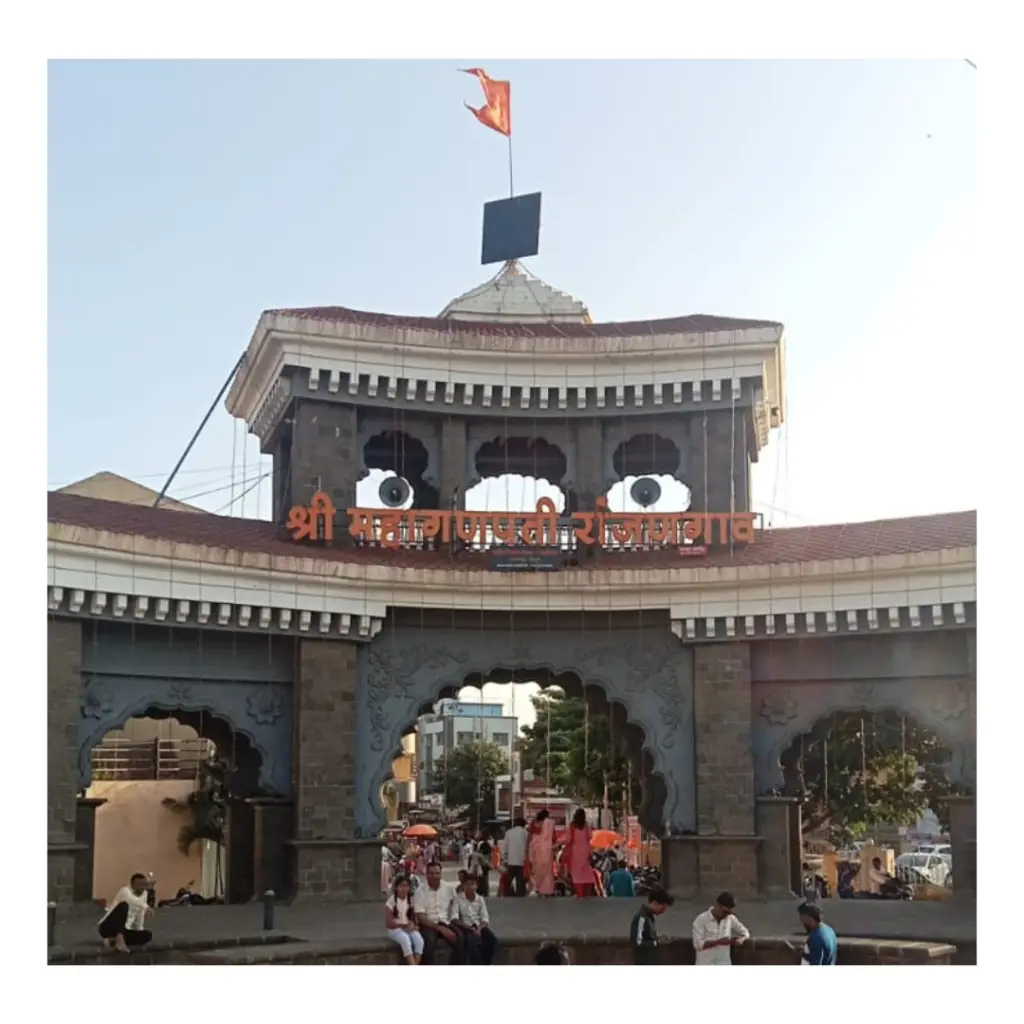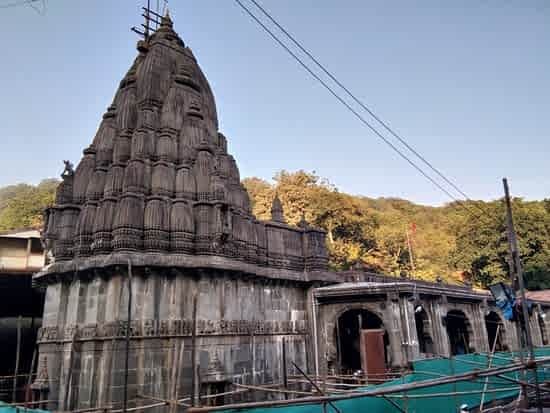The 5 Jyotirlinga of Maharashtra 5 Jyotirlinga in Maharashtra and their Significance Jyotirlinga hold immense significance in Hinduism, representing the sacred shrines dedicated to Lord Shiva, one of the principal deities in the Hindu pantheon. The term “Jyotirlinga” is derived Read More …
Exploring the Ashtavinayak Darshan Yatra: A Spiritual Journey from Mumbai

Ashtavinayak Darshan Yatra The Ashtavinayak Darshan Yatra is a notable pilgrimage in Hindu culture, renowned for its spiritual depth and devotion to Lord Ganesha, the deity of wisdom, prosperity, and good fortune. This yatra translates to ‘the journey to the Read More …
Exploring the Sacred 3 Jyotirlingas of Maharashtra: Trimbakeshwar, Bhimashankar, and Grishneshwar

Introduction to 3 Jyotirlingas in Maharashtra In Hindu mythology, the concept of Jyotirlingas holds immense spiritual significance, representing the various manifestations of Lord Shiva. The term “Jyotirlinga” combines two Sanskrit words: “jyoti,” meaning light, and “linga,” referring to the phallic Read More …
